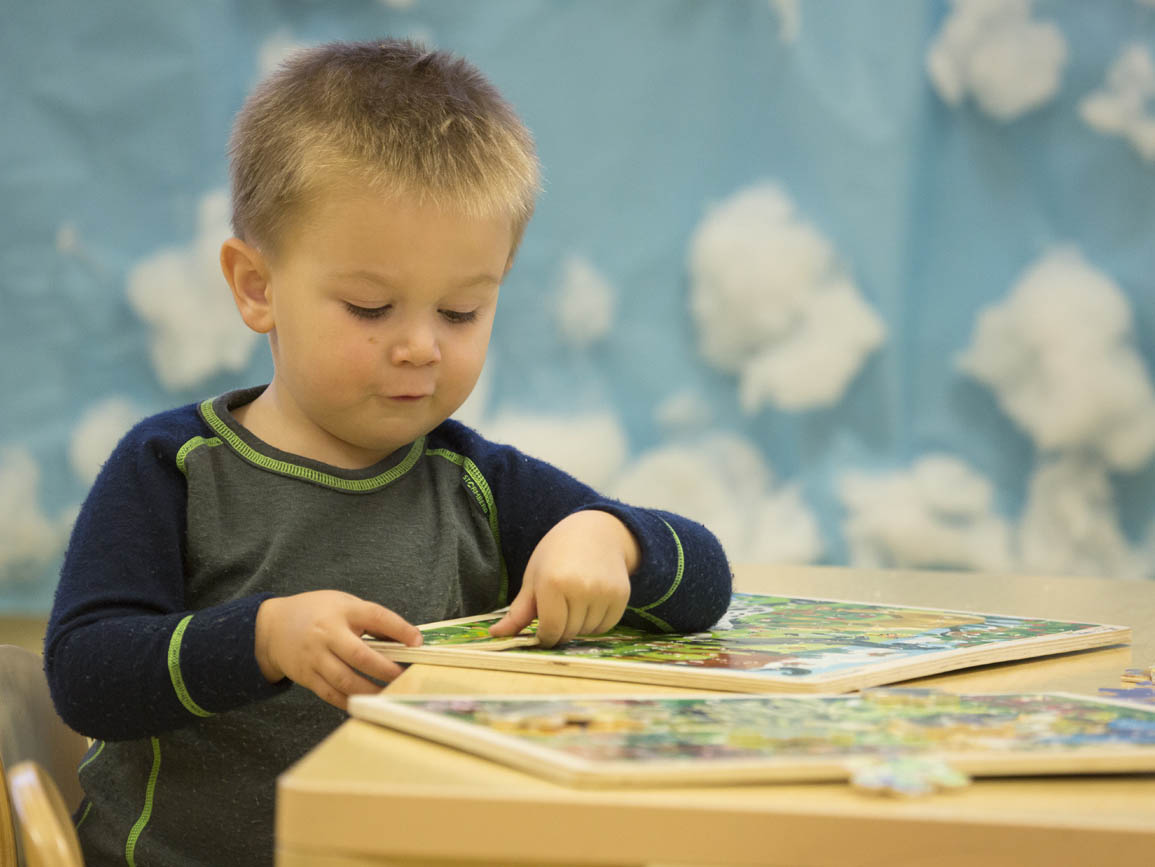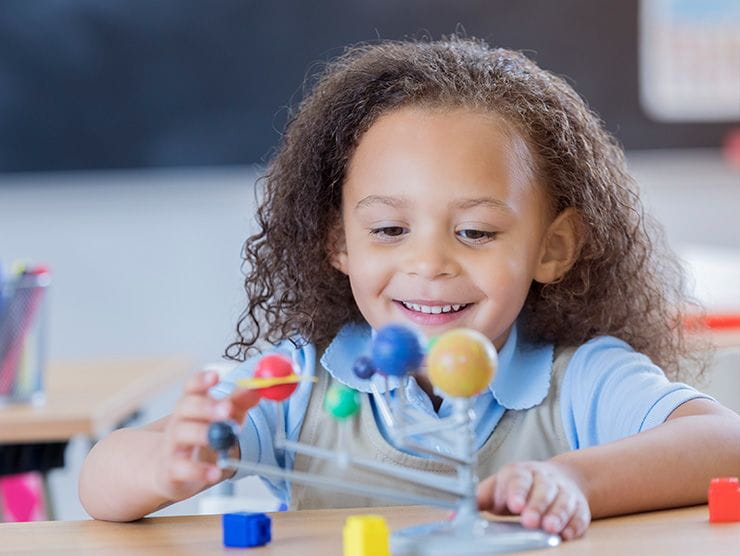As a parent or caregiver, you can likely attest that young children ask a lot of questions each day. One study suggests that between the ages of two and five years-old, a child asks roughly 100 questions each day!
These questions serve a good purpose. In the field of early childhood education, we know that young children retain information best when they are engaged in the learning process. Retention of information lasts longer when it relates to something children are interested in or want to know more about—hence the thousands of questions young children ask in the early years. With the Discovery Driven Learning® framework at Bright Horizons, learning experiences stem from and are built around the questions children ask, the things they wonder about, and the ideas that catch their interest and spark their imagination.
Bright Horizons teachers are trained to use the World at their Fingertips® curriculum, that encourages flexibility and creativity on the part of the teacher and the child. The curriculum evolves and emerges from the interests of the children and the teachers, as well as the developmental needs of the children. This, alongside the teacher processes of observing, reflecting, planning, and documenting children’s work, makes for a rich learning experience where every child can flourish. Bright Horizons families have a window into this process when they log into My Learner on the My Bright Day® app and view insights into their child’s learning experiences for the week.
Our teachers use children’s questions and ideas to develop learning experiences that allow children to pursue a question or an idea from its inception. From an inquiry comes research and discovery, learning new facts, finding ways to apply them, and perhaps even sharing them with others in their community. This emergent approach to learning is used widely across Bright Horizons learning environments. For example, children may ask how big a caterpillar gets. The children can measure how long a caterpillar has grown, while simultaneously experimenting with what it likes to eat, and then write down observations about when during the day it is most active. That one simple question leads to learning about the scientific method, handwriting practice, and connection with the natural world. This approach ensures that children can weave content areas together seamlessly, making learning more meaningful and engaging.




